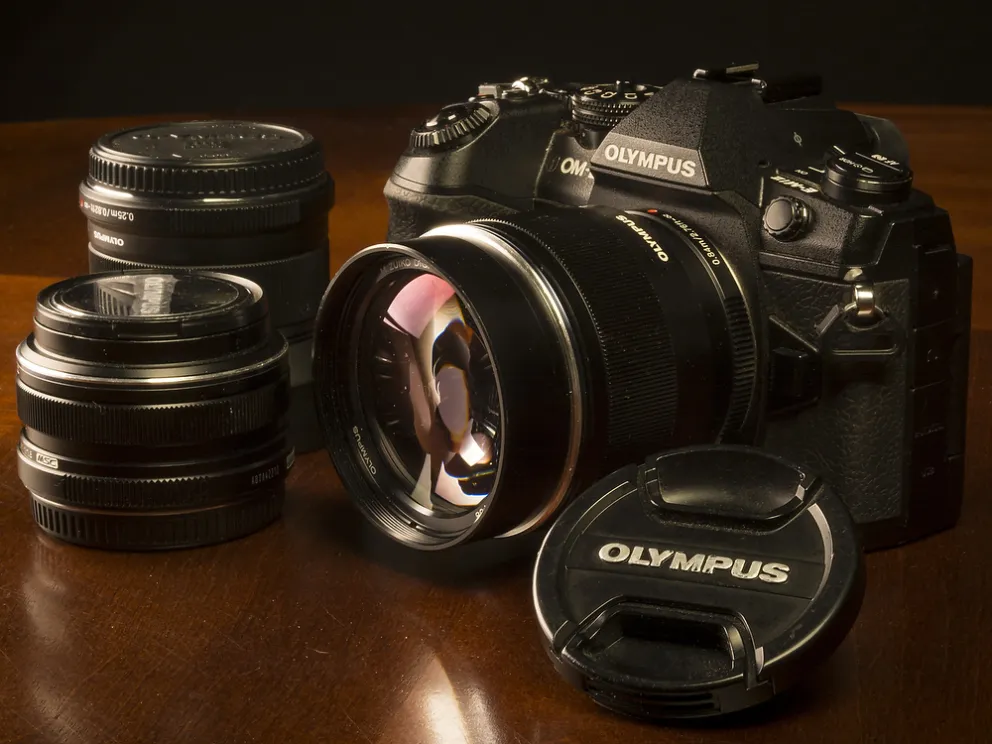
(text and photos by Todd Johnson) Todd Johnson is the photographer for Oklahoma State Agricultural Communications Services. Todd, like many UPAA colleagues and others in the photo industry, embraced mirrorless cameras for their new features and compact size. But unlike most others, he decided to go with the Micro Four Thirds format--specifically Olympus. In this fifth article in a series on mirrorless cameras (Part 1, Part 2, Part 3, Part 4) he explains what led him to make this choice.
"Full Frame or go home" seems to be the mantra. But Olympus, one of the pioneers of the mirrorless revolution, has so far stayed true to the ‘size matters’ belief. The Micro Four Thirds sensor allows a small camera and lenses. The format jointly developed by Panasonic and Olympus in 2008 has continued to grow and now has more than 100 lenses offered by multiple manufacturers.
The design of the format and the elimination of the mirror allows smaller, lighter lenses of equivalent focal length angle of view. The 2X crop factor allows for simple math for those of us who grew up in the 35mm film world. The tiny 25mm f1.8 is compared to 50mm on full frame.
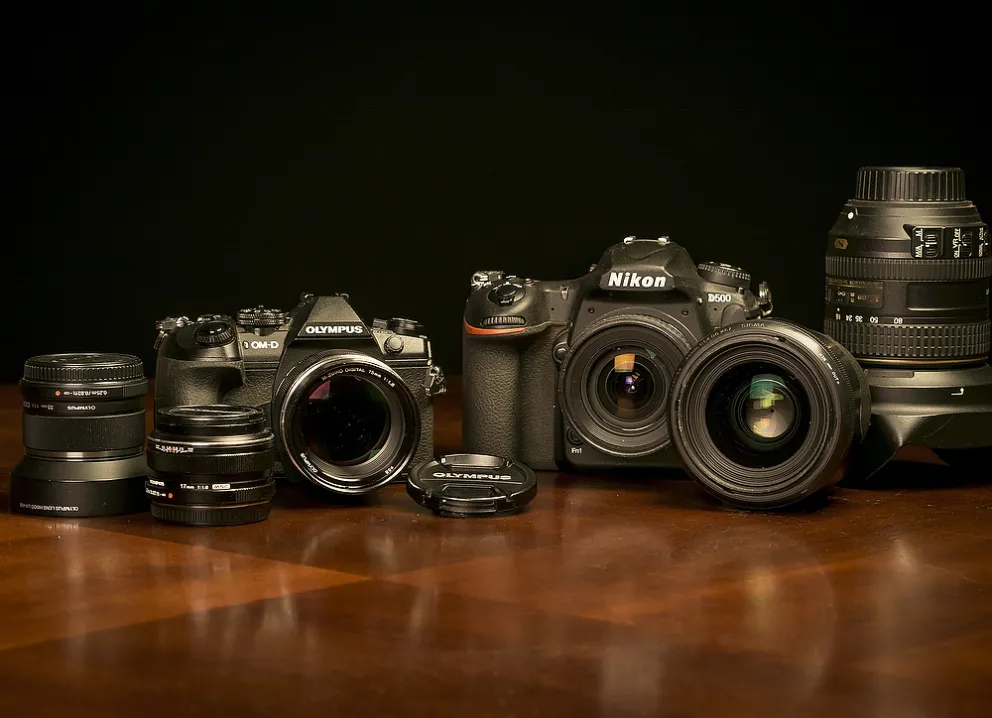
Olympus and three lenses next to a Nikon D500 and three lenses
I’ve built a very light small general system that I can pack anywhere and with it I can do 95% of the photography needed. The Olympus OMD-EM1 MKII has so many features and the menu takes time to learn, but the rewards of an extremely customizable camera are worth it. The buttons are all open to user preference settings. I’ve changed the AE Lock into my Back Button Focus, The DOF preview button now activates viewfinder boost, the multi-function button turns on focus peaking, the fn1 is a digital zoom to aid manual focus, and fn2 turns on manual focus. The camera has a total of 12 buttons and dials that can all be customized and there is this toggle lever that can create two total camera profiles thereby creating a totally different button preference layout. It’s a steep learning curve and it has been frustrating at times getting lost in the menu and not understanding the structure and operation of the menu.
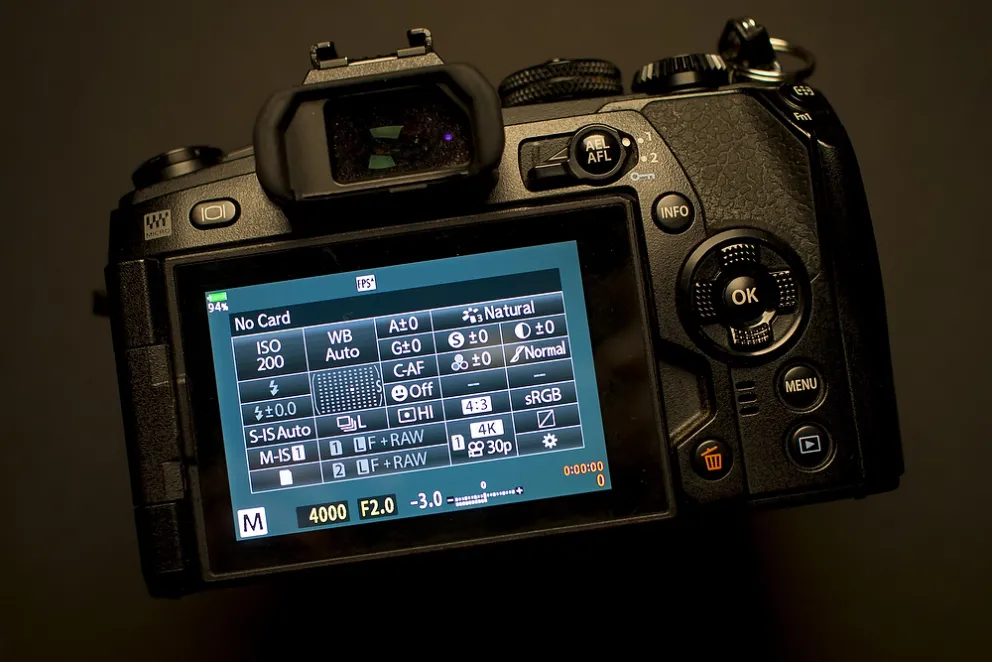
Options...lots of options!
But the size has been a true pleasure for me, 38 years of packing heavy cameras has created lots of aches and pains. The body fits my hands perfectly. The lenses are sharp, and they focus quickly and accurately. My enjoyment factor has grown by leaps. I love the benefits of mirrorless. The exposure confirmation via the viewfinder is awesome. The silent shutter is a Godsend when working in quiet environments. The added shutter speed the electronic shutter allows is also extremely useful in allowing wide open apertures for shallow depth of field shots in bright daylight.
The 20 megapixel stabilized sensor creates the benefit of all lenses being stabilized. And with some crafty gadgetry the sensor is micro shifted in multiple exposure mode to create super high resolution photos that are combined into a single image in camera. That image is saved as both raw and jpeg allowing image processing. The tech has the current limit of only being available to static subjects. Movement will create odd or blurry artifacts. But table top subjects benefit from the extra resolution and with the smaller sensor added depth of field. Another feature of this camera is the in-camera focus stacking. The extended depth is extremely useful in macro photography.
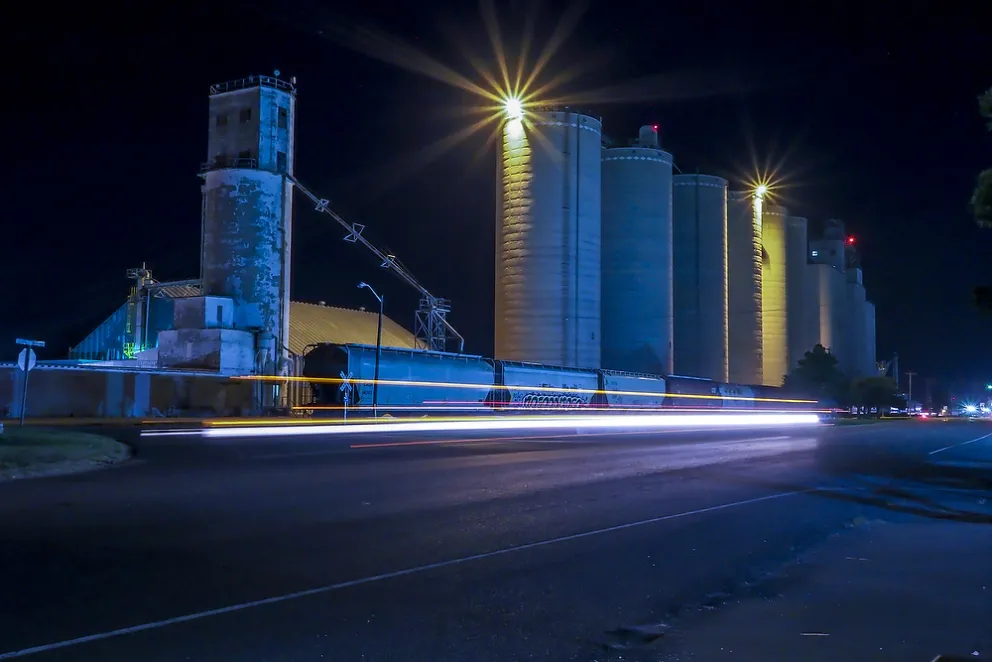
Grain Elevators in Watonga Oklahoma, Olympus E-M1 Mark II, 17mm lens, 4 seconds @f13, ISO1600
It slices, it dices, it even does light painting like you’ve never experienced using the Live Bulb mode, or the Live Composite mode. Live Bulb allows you to watch the image on the rear display as it is created. It’s almost like watching a print appear in the developer tray for those who understand that feeling. The Live Composite works by creating a base exposure then it will add only new light until you end the capture. Imagine creating properly exposed photo of a computer screen and then take a light or flash and add some light to the keyboard. All while the camera is still open but the screen does not get over exposed, only the new light added to the keyboard is added to the image.
Pro Capture is a pre-capture mode where you can partially press the shutter and the camera starts capturing images and when you press the shutter release fully the last 18 images before the actual shutter press are also saved. This allows the capture of those very fleeting moments that before relied on luck.
Below: 60fps, enough to capture the archer's release of the arrow
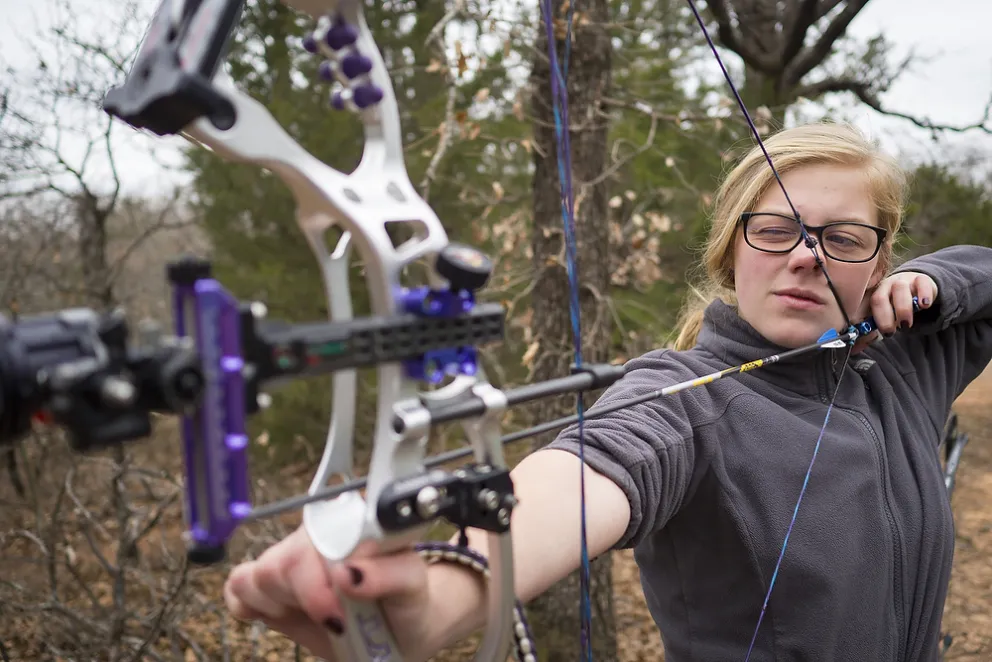
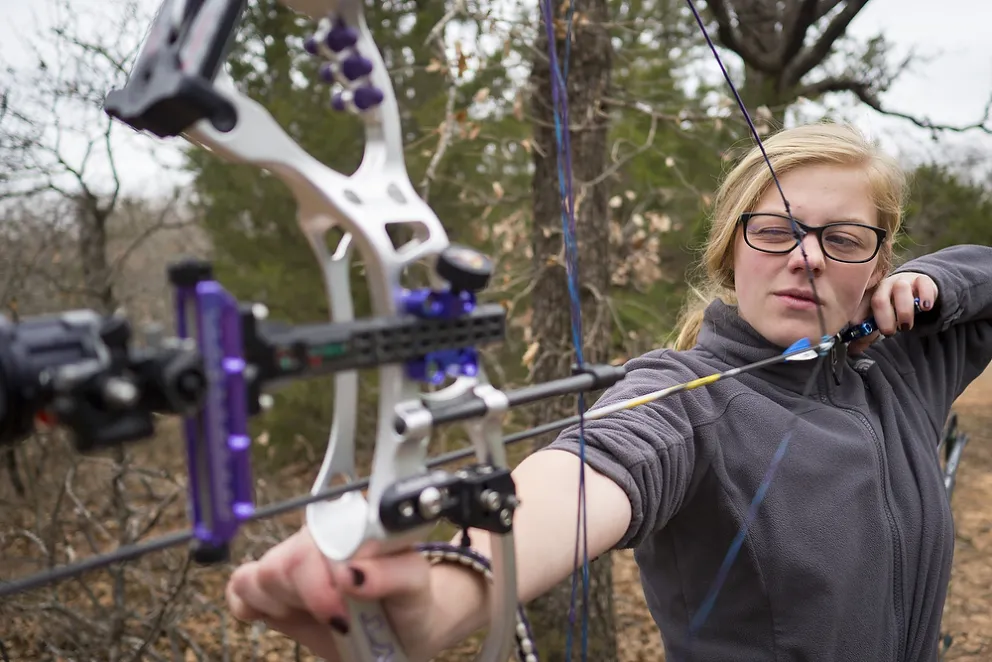
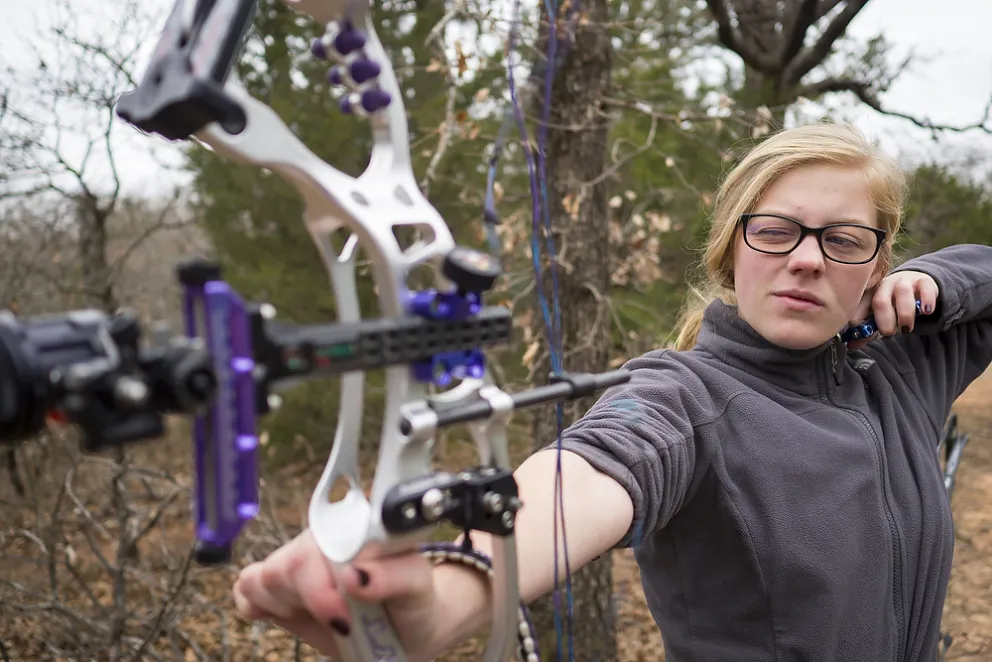
All 3 above with the E-M1 Mark II, 17mm lens, 1/1250 @f2, ISO400
These and many other functions make for an extremely good pro camera. Features not available anywhere else. But the popular press continues to play up the weakness of the small sensor stating you can’t create shallow depth of field or airy Bokeh images. Maybe it’s not the razor thin 85 1.2 Canon level of Bokeh but it’s completely serviceable.
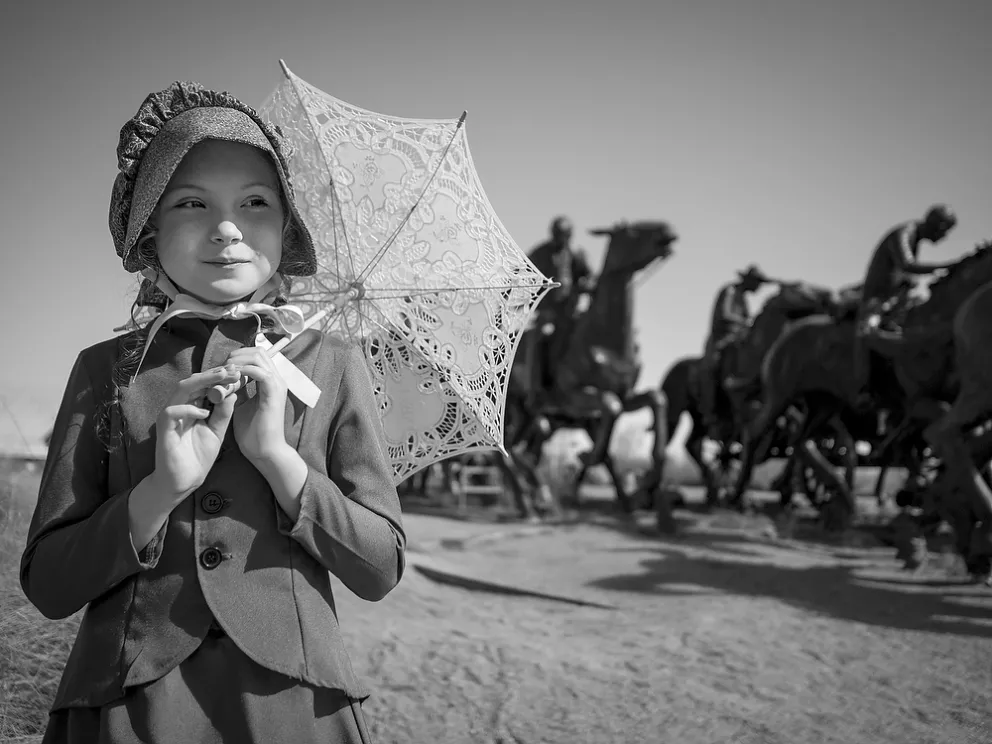
Oklahoma Land Run Monument in Bricktown, Oklahoma City; Olympus E-M1 Mark II, 17mm lens, 1/5000 @f1.8 ISO200
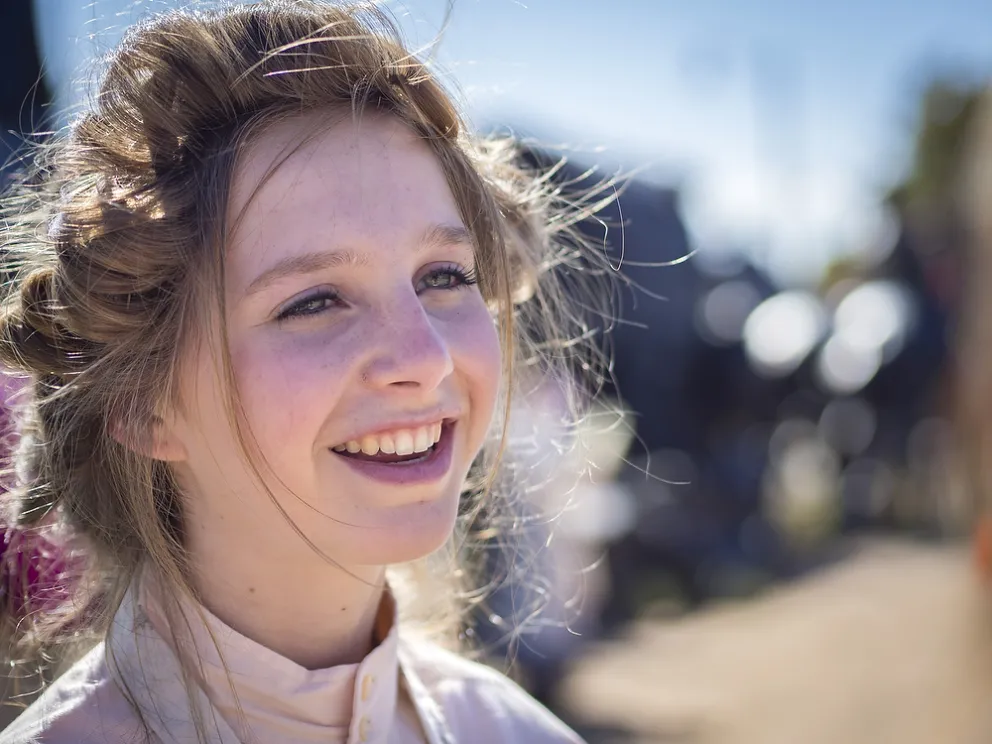
Olympus E-M1 Mark II, 45mm lens, 1/4000 @f1.8 ISO200
The decision process:
The mirrorless bug started after a very brief visit with Robert Jordan at dinner during the Symposium at Samford. I tried his Fuji and for the first time experienced a good electronic viewfinder. The size, and the ability to see the exposure in the viewfinder was very intoxicating. Jump forward a couple of years and I checked out a Fuji XT-10 for a day during the Clarksville symposium. It was a very nice system and I was headed to purchase a partial Fuji system this past year. It seemed like everyone was in love with the Fuji System and everyone was adding it to their arsenal or, some even switching outright. I was on board, I was a follower.
Things started to get more confusing with the rise of the Sony system. I was very interested in the A9, and how it seemed to solve the electronic shutter problems that the other mirrorless systems experienced. The lens selection was growing fast and the quality was top notch. I borrowed a Sony A7R and the love and desire for Sony died. I’m sure it‘s a great system, but It was just not a camera that drew me in, that made me want to hold it. So I’m back with the Fuji plan--the XT3 is released and all the reviews are positive. So I start trying to make a purchase plan. Going over all the lens options (and Fuji makes some very nice glass). But, I’d been looking at the Olympus as personal camera for many years. I was drawn to it, since it had been my first professional camera, using it to take photos for the local newspaper at the age of 16. My first was Olympus OM10 then upgrading to the OM1. Soon adding a host of other models--OM2, OM2s, OM4, OM4T--all those worked to create an attachment to the brand. Those cameras were workhorse tough, small and efficient little machines. The lenses were solid and, to be a bit honest, different than what others were using. Different is good in that at least you can stand out.
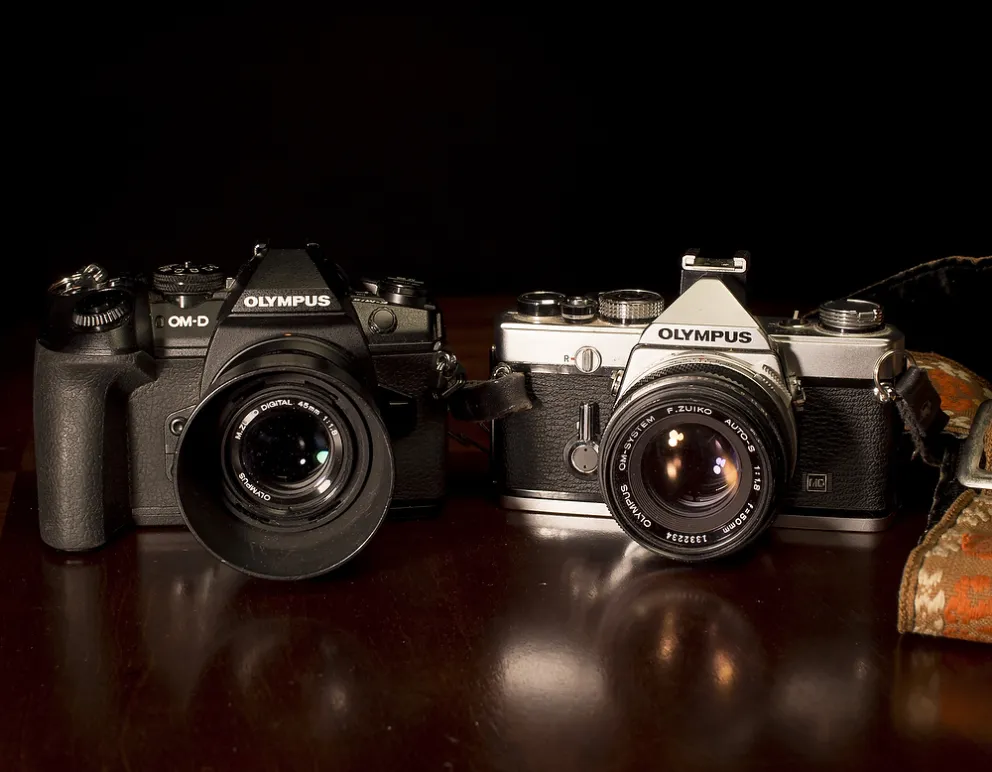
Digital E-M1 Mark II (left) and analog OM-1

Nostalgia? Several styling cues from the OM-1 are evident on the E-M1II.
After getting an approval to spend about $3,000, the day came when I had a very short window to order equipment and I filled a cart with Fuji and another cart with Olympus and I just felt like I had more range with fast glass on the Olympus. I had some abilities with Olympus that are not yet available on the other systems: Pro capture, the focus stacking, live composite, live bulb, image stabilization built into the body...60fps... So I deleted the Fuji and I’ve been shooting mostly Olympus for 10 months. If I need flash, or it’s large groups I pull out the Nikon.
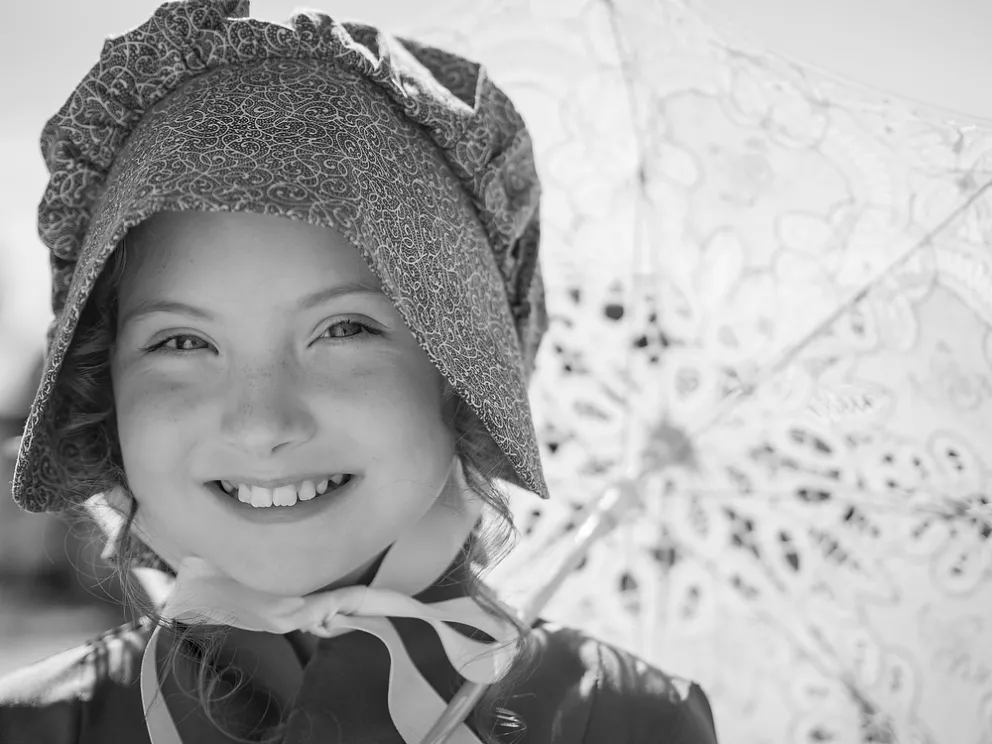
Olympus E-M1 Mark II, 45mm lens, 1/5000 @f1.8 ISO200
With the included images you can see that soft backgrounds are still possible. And none of these lenses cost $1,000. In fact I have about $1,500 in all of them: 17mm f1.8, 25mm f1.8, 45mm f1.8, 75mm f1.8. That gives me 34, 50, 90, 150mm equivalent angles of view. I plan to buy a wide zoom in the near future. This camera has brought back the enjoyment I once had. I love the feel of the camera, the customizing it offers, the size and weight. I can pack 2 bodies, 4 lenses, batteries, a mobile wifi, iPad pro and other accessories into a Mindshift PhotoCross 10 sling bag.
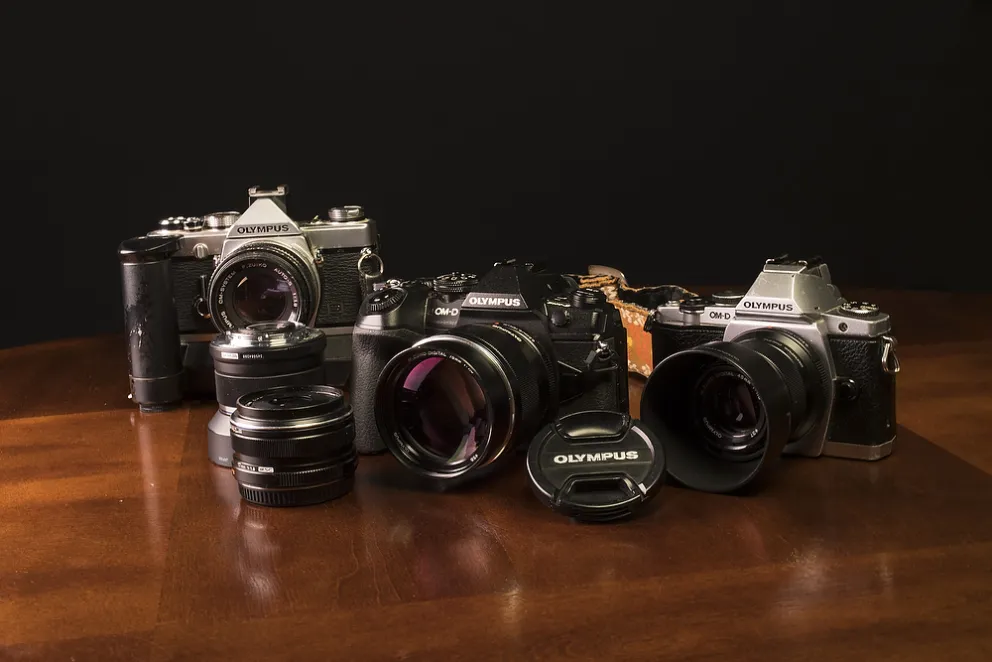
"Grandad, tell us a story of the olden days!"
______________________________________________________________________________
“Why did the picture go to jail? It was framed!!” Blog stories/ideas welcome any time, email editor Matt Cashore at mcashore@nd.edu